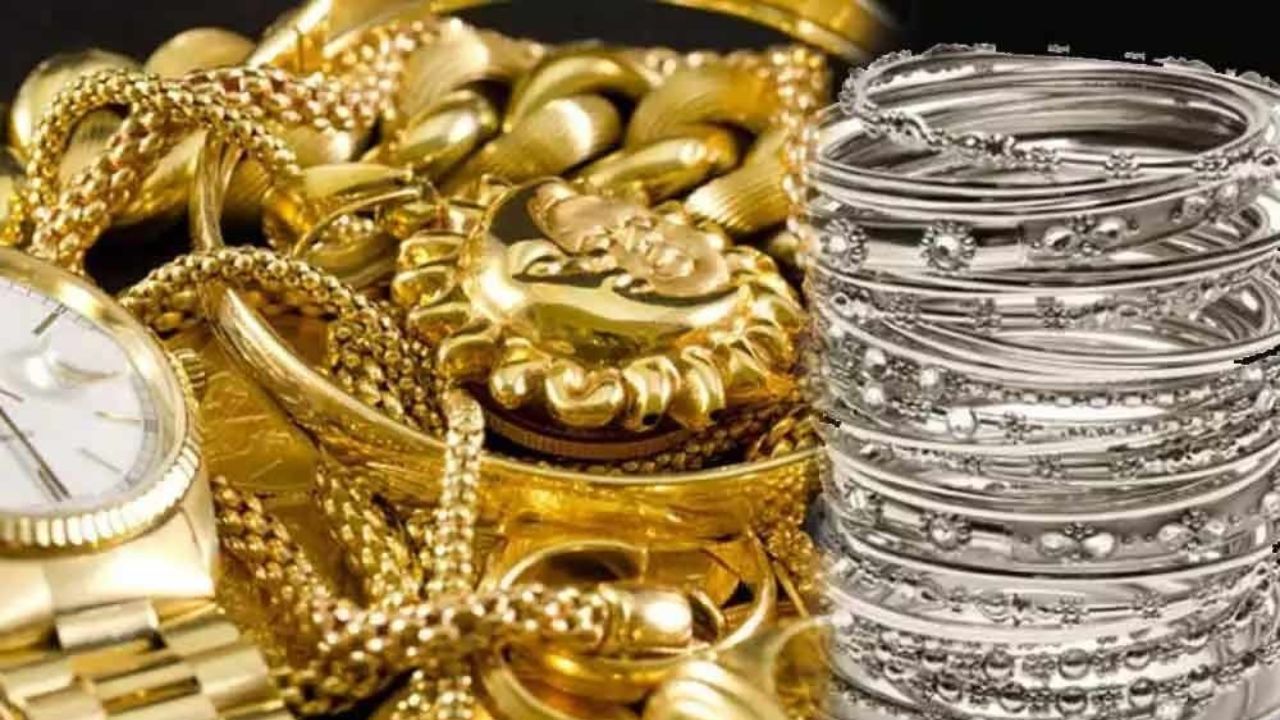As the month of Shravan unfolds, a traditional period of reverence and festivity in India, it brings with it a notable surge in the prices of gold and silver. This annual phenomenon, deeply rooted in cultural practices, has significant implications for both consumers and investors, particularly in states like Uttar Pradesh (UP), where the demand for these precious metals sees a marked increase.
The Significance of Shravan
Shravan, the fifth month of the Hindu calendar, is considered auspicious for various religious activities, including fasting and worship. Many devotees purchase gold and silver during this time as offerings to deities, marking the month as a peak season for jewelry sales. The rituals associated with Shravan, such as the worship of Lord Shiva, further amplify the demand for these metals, leading to a noticeable spike in prices.
Current Trends in Gold and Silver Prices
In recent weeks, gold prices have seen a significant uptick, with reports indicating an increase of approximately 2-3% in Uttar Pradesh alone. As of now, the price of gold is hovering around ₹60,000 per 10 grams, while silver has also experienced a surge, reaching approximately ₹75,000 per kilogram. This rise can be attributed to a combination of factors, including global market trends, inflationary pressures, and the seasonal demand driven by Shravan.
Factors Influencing the Price Surge
1. Global Market Dynamics
The international gold market plays a crucial role in determining local prices. Recent geopolitical tensions and economic uncertainties have led investors to flock to gold as a safe-haven asset. This global demand has a direct impact on local markets, including UP, where consumers are now facing higher prices.
2. Inflation and Economic Conditions
With rising inflation rates, many individuals are turning to gold and silver as a hedge against economic instability. This trend is particularly evident in UP, where the purchasing power of consumers is being tested. As people seek to secure their wealth, the demand for gold and silver continues to rise, further driving up prices.
3. Cultural Practices and Festivities
The cultural significance of gold and silver during Shravan cannot be overstated. Many families in UP view the purchase of these metals as a form of investment and a way to honor their traditions. This cultural inclination not only boosts sales but also contributes to the overall price increase.
Impact on Consumers and Investors
The surge in gold and silver prices has mixed implications for consumers and investors. For consumers, especially those planning to buy jewelry for weddings or religious ceremonies, the rising prices may necessitate adjustments to their budgets. Many may opt for smaller purchases or consider alternative options, such as investing in gold ETFs or sovereign gold bonds.
For investors, the current market conditions present both opportunities and risks. While the rising prices may yield short-term gains, the volatility of the market necessitates careful consideration. Investors should remain vigilant and informed about global trends and local demand to make sound decisions.
Conclusion
As Shravan progresses, the boom in gold and silver prices in Uttar Pradesh reflects a confluence of cultural practices, economic conditions, and global market dynamics. While this surge presents challenges for consumers, it also opens avenues for investors looking to capitalize on the precious metals market. As the month unfolds, all eyes will be on how these trends evolve, shaping the landscape of gold and silver in the region.
In this vibrant tapestry of tradition and commerce, the significance of gold and silver remains as strong as ever, symbolizing not just wealth, but also faith and cultural heritage.




